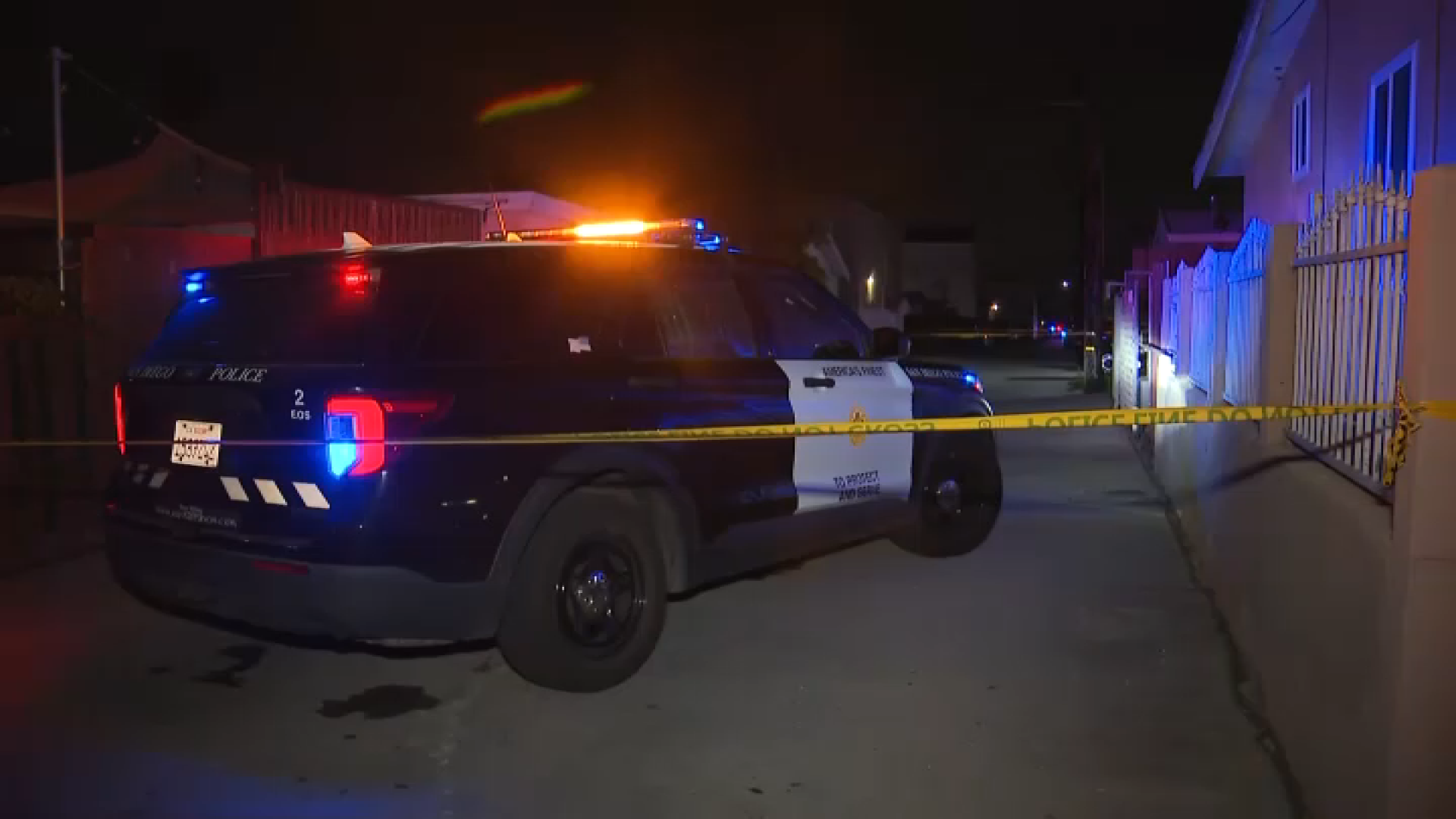1915: The original Plaza de Panama was built for the Panama-California Exposition as a temporary establishment.
October 2003: The Balboa Park Land Use, Circulation and Parking Plan targeted parking as a “challenging issue” to be resolved. It suggested using the parking lots instead for “people space.” The plan was never approved though.
July 2006: A Parking Management Plan was presented to the city as a way to suggest ideas for moving parking to remote locations and using shuttles.
January 2010: Mayor Jerry Sanders brought up the Plaza in his State of the City address to address parking and traffic congestion. Soon after, Qualcomm co-founder formed the 11-member Plaza de Panama committee to explore designs.
August 2010: A preliminary plan to renovate the plaza was unveiled.
June 2011: The city’s Rules committee submitted a vote of “no confidence” in the project. Jacobs then announced that he would be suspending his work on the project and sent a Memorandum of Understanding to the Rules Committee.
July 2011: The San Diego City Council voted to approve a Memorandum of Understanding with the Plaza de Panama Committee, moving the plan forward. Jacobs came back on board.
Local
August 2011: Save Our Heritage Organisation (SOHO) filed a lawsuit against the City of San Diego for “failing to comply with state environmental laws” and conduct an environmental impact report.
November 2011: Despite the lawsuit, the committee unveiled detailed plans of the Centennial Bridge and parking lot.
December 16, 2011: A judge heard the arguments from SOHO regarding the city’s vote and a lack of environmental impact report.
January 19, 2012: A court agreed with SOHO that despite being promised the environmental impact report, the city approved the Memorandum without one.
January 22, 2012: Jacobs’ committee announced that they made an environmental impact report public. The report was dated January 19, but didn’t available until the following weekend.
February 7, 2012: California’s State Historic Preservation Officer, Milford Wayne Donaldson, wrote a letter to the National Park Service requesting that the federal service intervene Jacobs’ plan. He asked the service to review the project.
March 11, 2012: Qualcomm's Irwin Jacobs and SOHO's Bruce Coons discuss the project sitting side-by-side in a television interview.
May 2012: A controversial National Park Service memo brings to light the debate over whether the project would harm Balboa Park's historical designation.
June 7, 2012: The San Diego Planning Commission hears public testimony and then approves the proposal.
July 9, 2012: The San Diego City Council approves the plan after hours of public comment.
Oct. 2, 2012: The San Diego City Council passed a parking structure bond requiring park users to pay $5 for a few hours of parking.
Jan. 28, 2013: A judge issues a tentative ruling that the City of San Diego and The Plaza de Panama Committee violated the municipal code.
Feb. 4, 2013: The judge upholds his tentative ruling and orders the City to throw out the permit needed for the Plaza de Panama renovation.
April 2013: San Diego pulls the plug on the plan, saying the construction could not be done in time for the 2015 Centennial Celebration.
March 2014: Despite talk of allocating funds toward upgrading the park’s facilities, community activists say the city has been unable to make a serious dent in an estimated $250 million worth of deferred maintenance.
October 2014: Mayor Kevin Faulconer announces 21 enhancements to be made throughout Balboa Park as part of the plan to celebrate the 100th anniversary of the park’s opening.
May 29, 2015: A state appellate court reversed a Superior Court ruling which had delayed the project for more than two years. The new ruling cleared the city's plan to improve parking and traffic in the park and add pedestrian-friendly plazas and gardens.
September 2015: The appellate ruling in favor of the project was left standing by the California Supreme Court.
September 19, 2016: San Diego City Council voted 8-1 in favor of establishing Balboa Park Plaza de Panama as a Capital Improvement Project (CIP). The council also approved the appropriation of up to $1,000,000 for necessary design revisions and a new estimate of the project’s cost.
November 14, 2016: The City Council approved the Balboa Park Plaza de Panama project. The now $79 million price tag will still include private philanthropy contributions in addition to City funds earmarked for capital projects in combination with parking revenues. Of the total price tag, $49 million would be City funds.
April 27, 2017: The 4th District State Court of Appeal in San Diego ruled that environmental groups that bring lawsuits in "the public interest" aren't on the hook to pay legal fees for their opponents. Irwin Jacobs' committee had requested that SOHO pay its lawyers’ fees, about $100,000.
August 10, 2017: A superior court judge ruled the city "correctly followed environmental law in seeking to improve one of the city’s greatest treasures."
August 13, 2018: A Superior Court judge has ruled the funding mechanism for the proposed revitalization of Balboa Park’s Plaza de Panama is legal. The tentative ruling cleared the last remaining legal hurdle, the San Diego mayor’s office said, paving the way for the long-delayed $80 million project to make the park more pedestrian friendly.
February 12, 2019: Mayor Kevin Faulconer said the Plaza de Panama project has been put on hold due to rising construction costs and legal delays.



